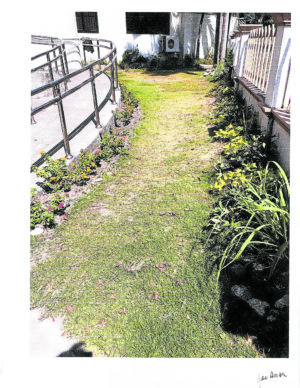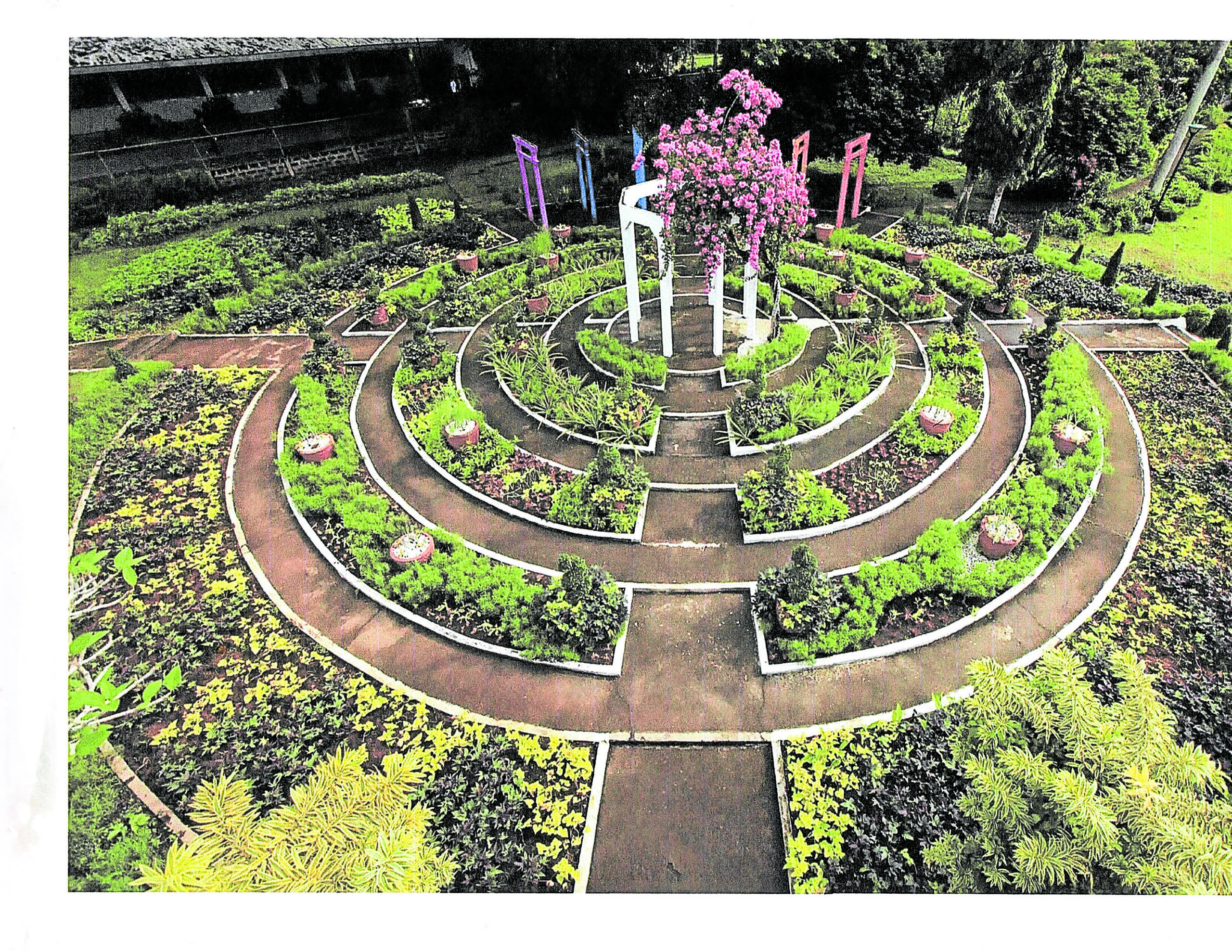
If the pandemic jumpstarted a peculiar relationship with your houseplants—giving them names and playing relaxing music just for them—then maybe it’s time to take those gardening skills to useful intentions.
Hunkered down plantitas and plantitos are now discovering the inexplicable joys of designing an edible landscape. Transform your front yard into a wonderful edible work of art. It is a lot of work, but what could be more rewarding than watching your landscape bloom into a bunch of healthy snacks?
“Edible landscape is an artistic and innovative way of presenting our produce like vegetables, our edible species and herbs. They used to be in the backyard in the old days, but now we’re showcasing them in our lawns,” Mina Gabor, president of the International School of Sustainable Tourism and former tourism secretary, told Lifestyle.
What you plant is what you eat, she said. Anyone can grow vegetables and fruits in their front yard. The real challenge is turning them into creative work and learning which work best with interplanting.
Perhaps you’ll want to create a wall of corn next to a window to create a veil of privacy, or plant a row of tall sunflowers. One of the best ways to present tomatoes or arugula is to get them cozy with showstoppers like marigolds, roses, violets or daisies, which are all edible.
“Bring them out in the open. Take those herbs, leafy greens and bushes like tanglad for everyone to see,” Gabor said. “Gather different species, depending on how you want your front yard to look.”

Endless possibilities

The possibilities are endless as long as you know which is perfect for your design. For instance, Gabor said to keep in mind low-lying edibles like eggplants, sili and kamatis. Or, keep things simple by going for themes, she said, like a salad garden on one side (pipino and leafy greens), a pinakbet garden in another area (kalabasa and talong).
“If you have a mosquito problem, plant lemongrass to drive them away,” she said.
The basic rules are simple. Know what you want and identify the plants you need to fulfill that vision. The next step is sight selection: Decide how you want your lawn to look. Gabor said you could set up a table nearby for merienda or a nice rest and recreation corner.
“Some herbs have a good smell when you touch them. And oregano and basil can make you feel relaxed,” Gabor said.
Know the purpose of your design. Fashioning an edible landscape is intentional gardening so that it won’t look like a messy hodgepodge.
Gabor said you need to understand planting seasons as you will, after all, be harvesting.
“We suggest you plant two types of things—one that you can plant right after the other is ready for harvesting,” she said. “In your design elements, you need to consider which areas, for instance, accumulate water, so maybe you can place stones underneath or grow water-based plants like kangkong. If an area is dry, plant camote.”
You could also opt to mix lotus with kangkong. Study the contours of your land area, like if it’s sloping or going upward or flat. Learn the plant’s habits, Gabor said, so you’ll grow plants suitable to the terrain. Know which ones need sunlight or shade.
Study your location and space, consider those in your selection of shrubs (tomatoes), and vines and climbers (alugbati and cucumbers). Consider the time and care you can devote to a plant, as each edible’s requirements vary at different phases of their growth, including vigilant management of insects and diseases, and animals, like the super-friendly neighborhood pup.
“This is part of the story, part of the thrill; a conversational piece,” Gabor said. “Edible landscaping will require you to be creative and innovative. If you already are involved in plants, these rules will be easier to learn than someone who is hearing it for the first time.” —CONTRIBUTED








































